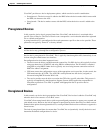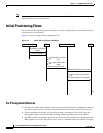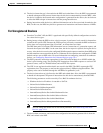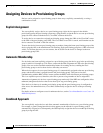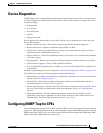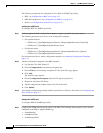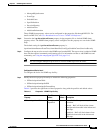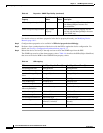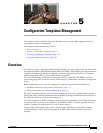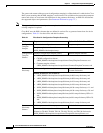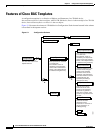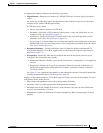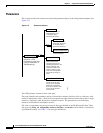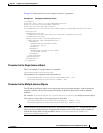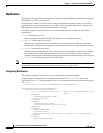
CHAPTER
5-1
Cisco Broadband Access Center 3.8 Administrator Guide
OL-27172-01
5
Configuration Templates Management
This chapter details the templates that Cisco Broadband Access Center (BAC) supports for device
configuration and device management.
This chapter includes the following sections:
• Overview, page 5-1
• Features of Cisco BAC Templates, page 5-4
• Authoring Configuration Templates, page 5-14
• Using the Configuration Utility, page 5-22
Overview
Cisco BAC provides an extensible template-based mechanism to assign configurations for devices that
are compliant with the CPE WAN Management Protocol (CWMP). This template-processing mechanism
simplifies configuration management, enabling customized configurations for millions of customer
premises equipment (CPE) by using a small number of templates.
The result of processing a template is an instruction, which is forwarded to the DPEs in a device's
provisioning group. This instruction contains all the necessary information for the DPE to configure the
device.
Before attempting to create your own template file, familiarize yourself with information on:
• Parameter dictionaries (see Parameter Dictionaries, page 7-1)
• Firmware templates (see Firmware Management, page 6-1)
By using Cisco BAC templates, you can create a template file in an easily readable format, and edit it
quickly and simply. You must add template files to the RDU by using the administrator user interface or
the API, before any Class of Service can reference it.
Cisco BAC templates are XML documents written according to a published schema. When instructions
are generated for a given device at the RDU for distribution to DPEs, a common template processor
retrieves a template by using the device’s Class of Service object.
It then evaluates the template values, such as Includes and Conditionals, and substitutes template
variables with their values. The resulting output is an XML object which represents a processed
template.



